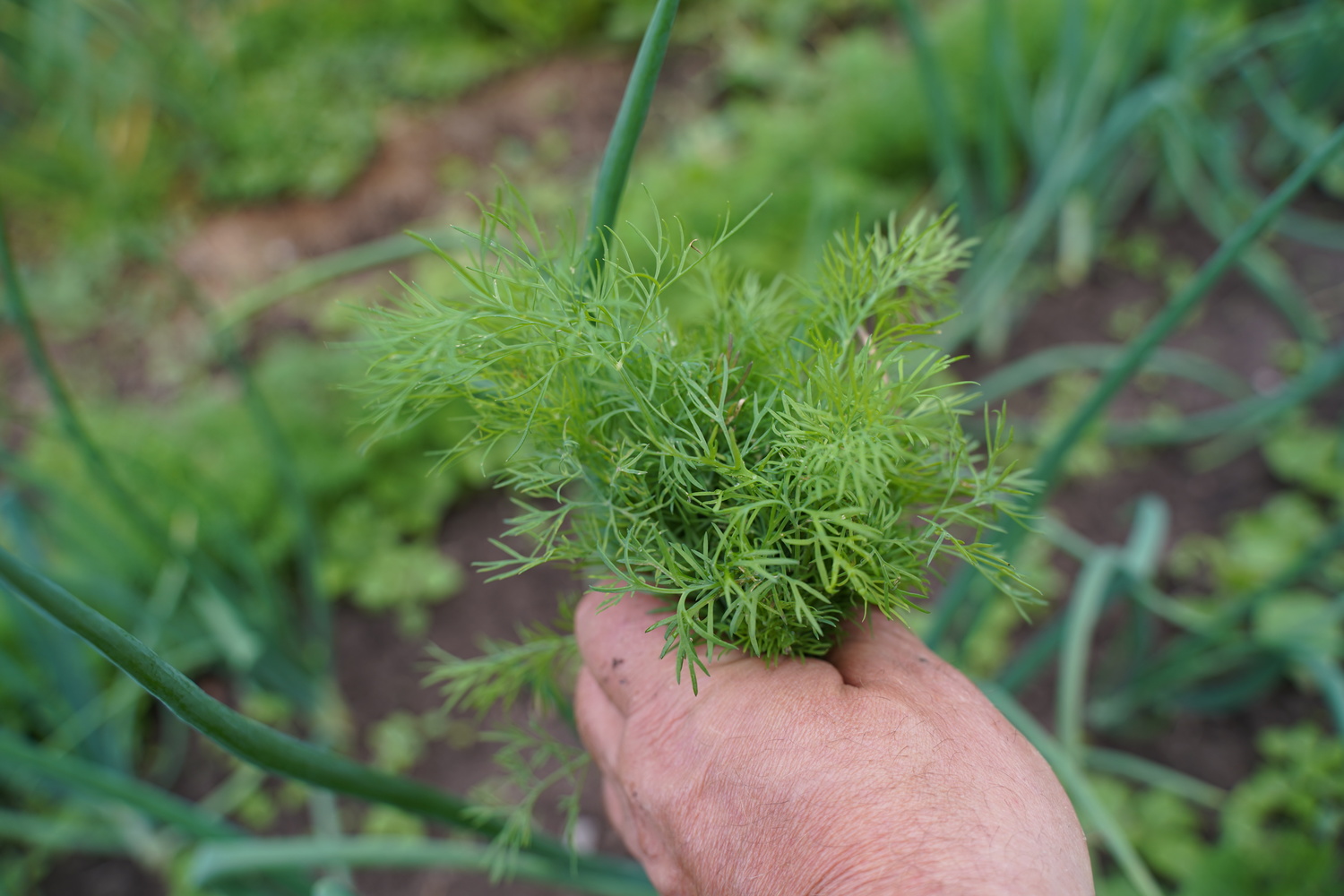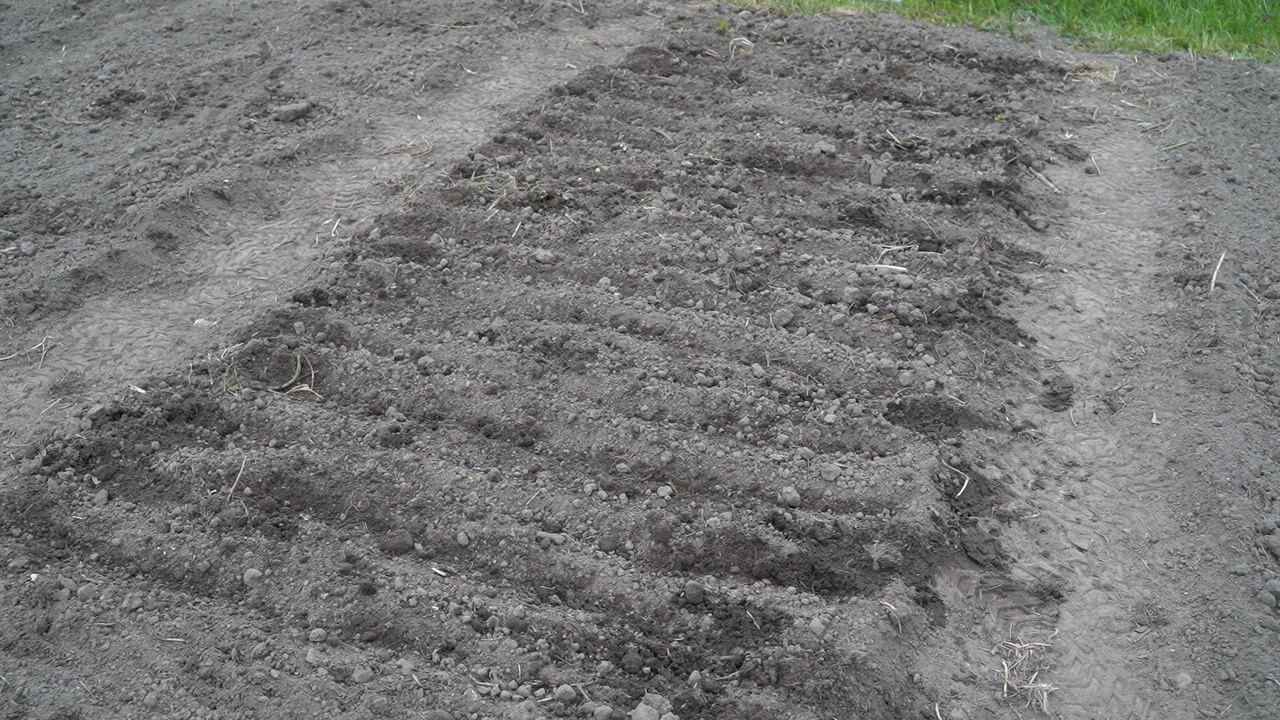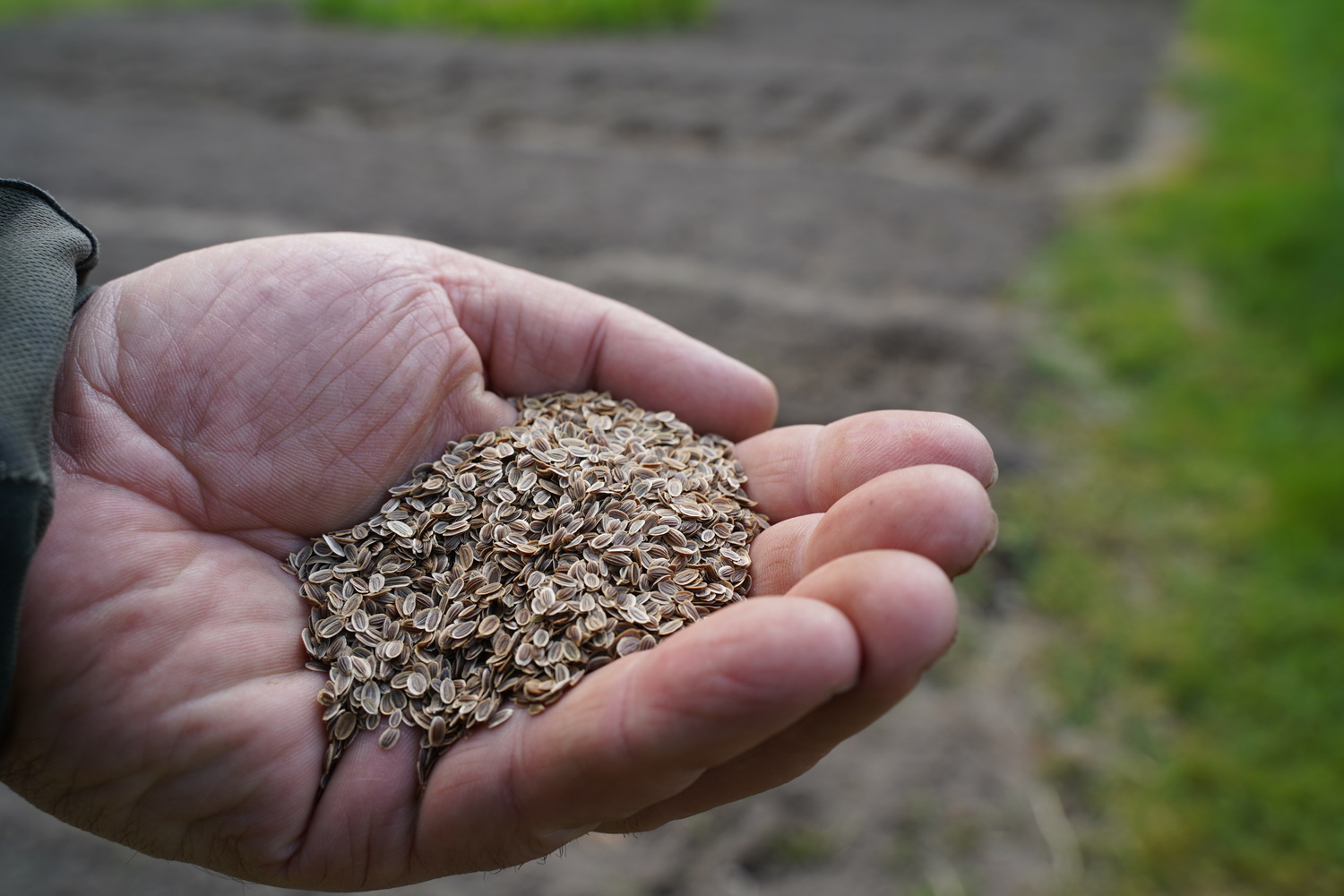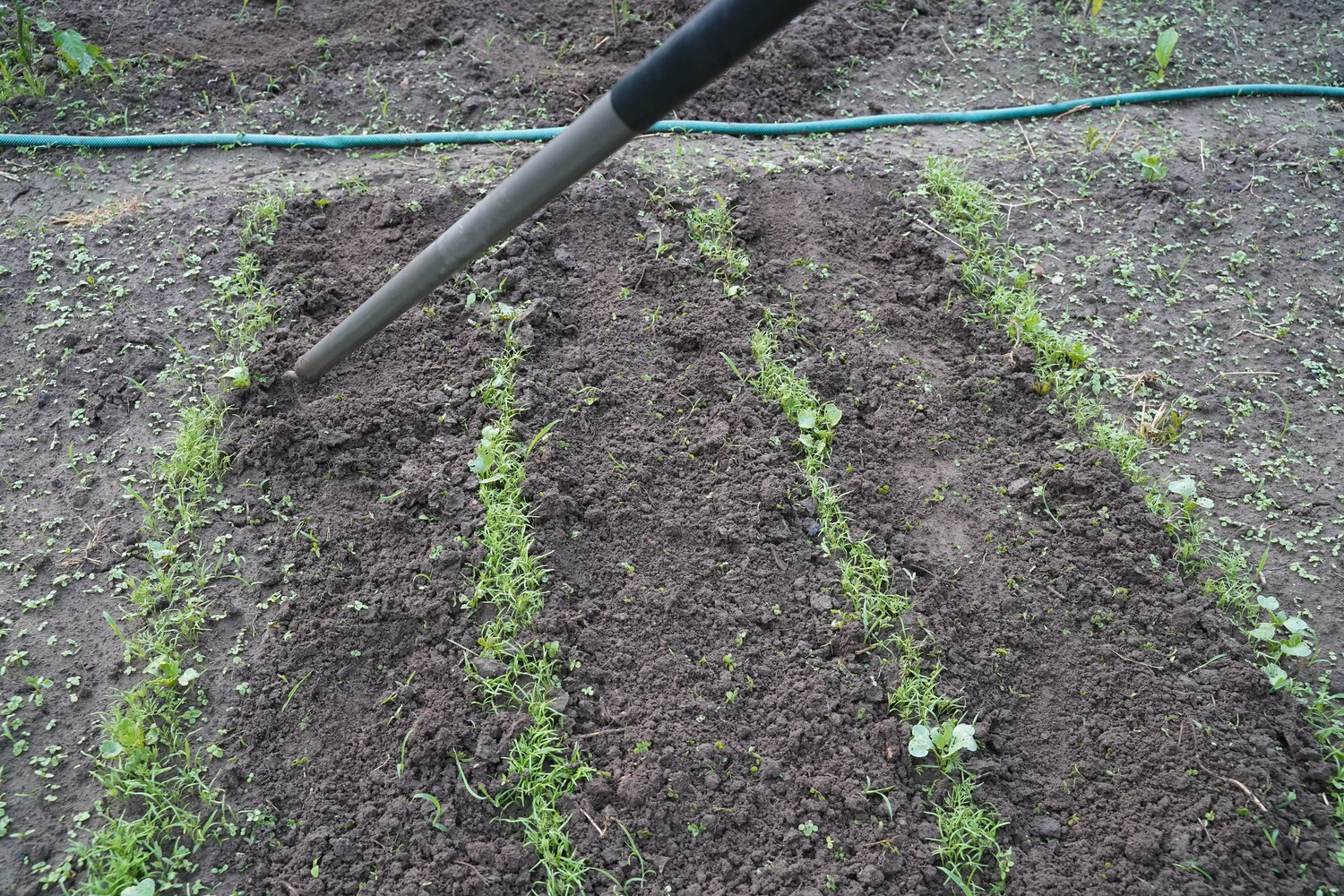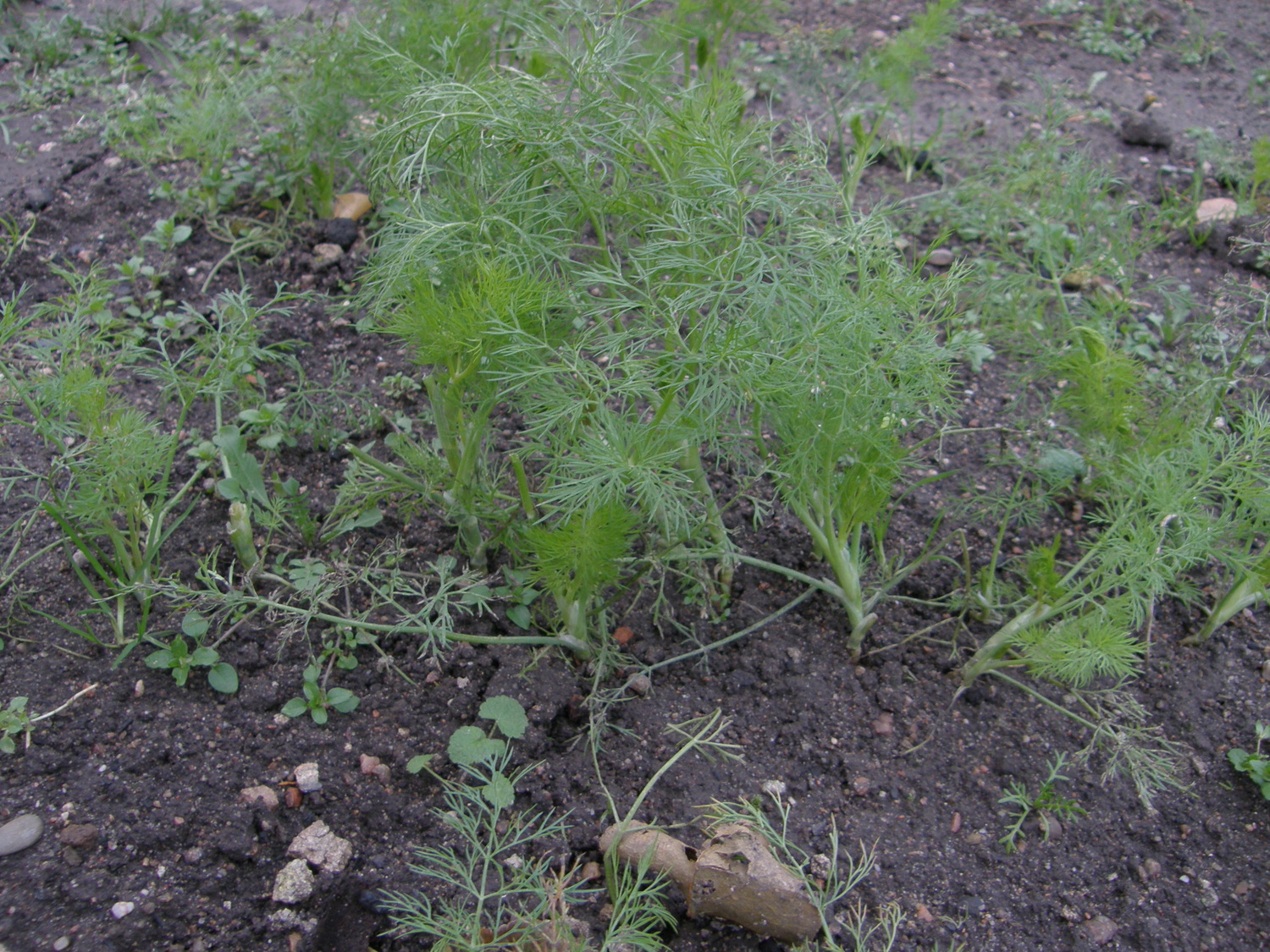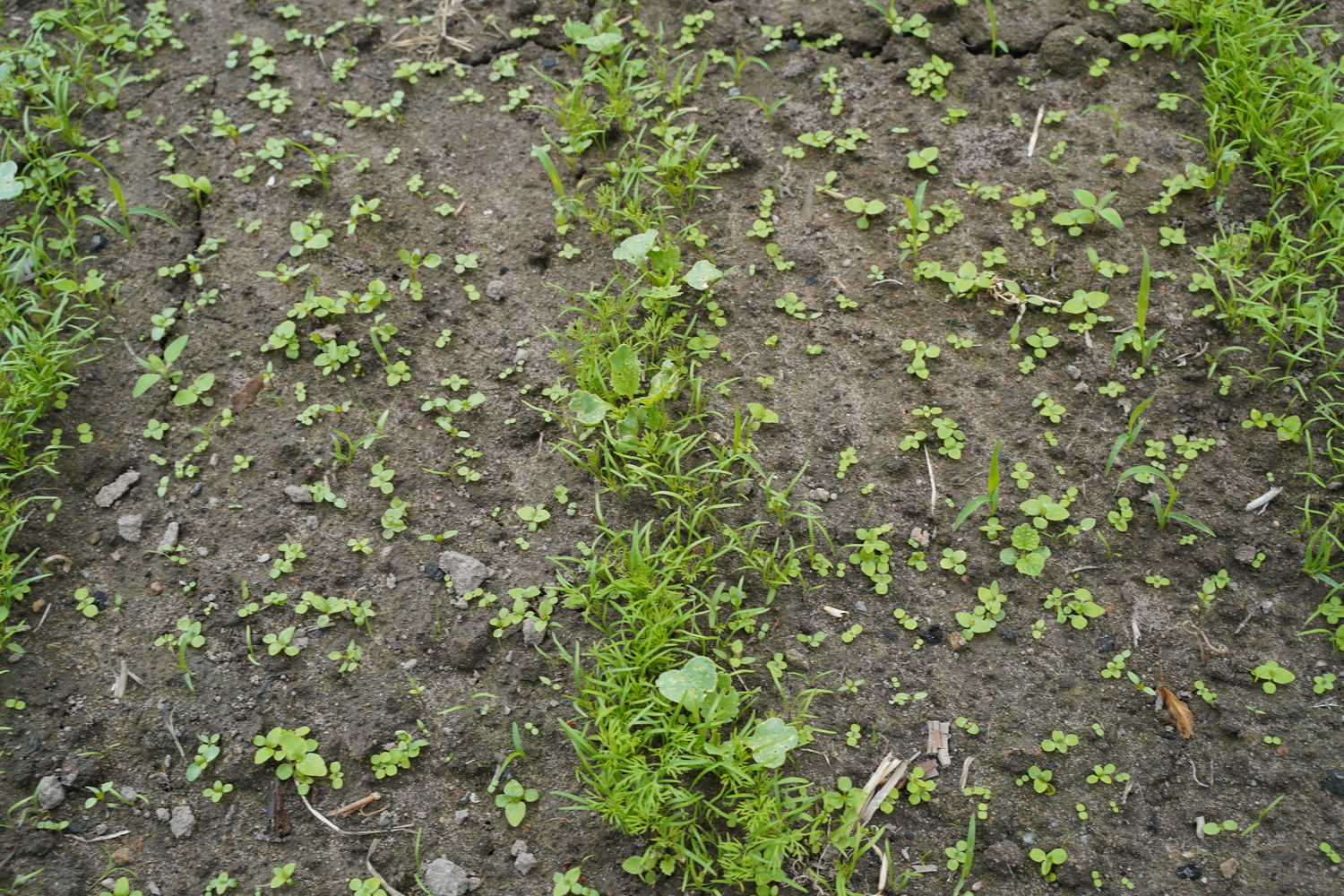Dill is an annual aromatic herb from the Apiaceae (Umbelliferae) family, known for its distinctive pleasant aroma. It originates from Southern Europe and the Mediterranean coast. It has been cultivated since ancient times as a culinary herb, medicinal plant, and vegetable. Wild dill still grows in parts of Europe today. In ancient Egyptian papyri, dill is mentioned as a remedy for headaches. In Ancient Greece, it was customary to weave dill into wreaths.
Dill grows up to 100–120 cm tall. It is a cultivated, undemanding culinary herb. Dill loves sunlight, is frost-tolerant, but requires moisture, especially in the early stages of growth. Self-sown dill, under favourable agrometeorological conditions, may sprout again in the same autumn or the following spring. If the garden is neglected, it disappears rather quickly. Dill is one of the most popular culinary herbs and is sometimes used as a medicinal plant.
Fresh dill is rich in vitamins. All parts of the plant contain essential oil. These essential oils are volatile and evaporate during cooking, so dill should be added at the end of preparation or to ready-to-serve dishes. Dill seeds contain even more essential oil than the herb itself. The seeds contain fatty oil, nitrogenous and non-nitrogenous substances, sugars, fibre, and provitamin A. The leaves are rich in vitamin C, provitamin A, and flavonoids. The leaves and seeds contain vitamins B1, B2, PP, carotene, and minerals such as potassium, calcium, nickel, strontium, and various biologically active substances. Dill contains twice as much vitamin C as oranges or strawberries, and three times more than lemons.
Soil for Dill
Dill does not tolerate waterlogged soil, so the best choice for growing it is fertile, humus-rich, medium-textured, well-draining soil with a ph between 6.0 and 7.0. This aromatic herb thrives in open, sunny areas—plants grown in full sun develop a stronger aroma. In contrast, dill grows poorly in the shade. For earlier harvests, sandy loam is suitable, though irrigation is recommended in such soils. Like other members of the Apiaceae (celery) family, dill is sensitive to crop rotation. It's best to sow dill after cucumbers or legumes. The timing of spring soil preparation depends on soil moisture. Light soils can be loosened earlier, even when moist, as their clods crumble once dry. Heavier soils should be worked when they reach normal moisture levels to ensure good crumb structure and prevent clumping on tools. Once the soil is dry, areas designated for dill should be cultivated and harrowed twice. For well-managed, weed-free, well-structured soils in drier springs, shallow tillage of a depth of 4–6 cm is sufficient. Poorer or wetter soils should be cultivated deeper (10–12 cm) and rolled to firm the surface.
For growing dill, soil fertilisation begins in the autumn by applying 100–150 kg/ha of superphosphate and 100–150 kg/ha of potassium chloride. In the spring, before sowing, it is recommended to fertilise the soil with nitrogen fertilisers, incorporating 150–220 kg/ha of pure nitrogen.
Dill Sowing and Care
Dill should be sown only after the frost has passed, in April, because the young sprouts are resistant to mild frost. In beds, 30-40 cm between rows is recommended, while in commercial conditions, dill is sown in rows 60 cm apart. Seeds are planted at a depth of 1-2 cm. To seed one hectare, 8-10 kg of dill seeds are required. Sowing dill every 15 days ensures a continuous supply of fresh greens. Germination begins at a temperature of +3°C. If there is insufficient moisture, germination is poor, and the leaves of the sprouted plants are small and coarse. As the days lengthen and dry weather persists, dill begins to flower.
The dill seeds are quite large, making it easy to sow by hand.
The ideal temperature for growing dill is 16-18°C. To have dill throughout the summer, it should be sown every 10 days until mid-June and from August 10th to September 5th. The seeds are sown densely, and once they sprout and form a leaf rosette, thinning should be done. Dill will thrive and produce more green mass when the plants are spaced about 15 cm apart, while for bushy varieties, the spacing should be 15-20 cm. In the summer, dill begins to grow its stem and flower clusters quickly, resulting in a decrease in green leaf mass.
When growing dill in a garden plot, it can be planted among other plants. Growing dill is not difficult. After the dill sprouts, usually within 5-8 days, the first weeding and soil loosening between the rows should be done to remove weeds.
Dill seedlings are very delicate and grow quite slowly at first, making them prone to being overshadowed. Planting radishes can be very helpful. They mark the row and make it easier to loosen the soil between the rows. By loosening the soil and removing small weeds, weeding dill becomes much easier.
Dill Usage
Dill is an irreplaceable spice for any dish, widely used in the food industry and culinary arts. Dill can even be added to some dairy dishes. It is used in various meals as an aromatic, vitamin-boosting plant, added to salads, mixes, meat, fish, and vegetable soups, as well as main dishes. Typically, dill is added 5-10 minutes before the end of cooking. Stems are used when pickling cucumbers, and green seeds are added to bread products, tea, and marinades. Dill essential oil is used in the production of confectionery, canned goods, liqueurs, vodka, and in perfumery. To preserve it for longer periods, for winter or medicinal purposes, dill should be dried. For winter use, dill can be prepared by salting, pickling, or freezing it. Dried, pickled, or processed dill can be used just like fresh dill.
Dill has been used in folk medicine since ancient times. It has been observed that dill effectively relieves cough and headaches. In addition, as a medicinal plant, it was included in various ointments. The stems, leaves, and seeds of dill are used in medicine. They improve digestion, ease expectoration, calm the nervous system, help with insomnia, and stimulate milk secretion in women. To make a dill infusion, you need to pour a tablespoon of crushed seeds with a cup of boiling water and drink 1/3 to 1/2 cup before meals.
The active compounds in dill dilate blood vessels, lower blood pressure, strengthen heart function, normalise rhythm, relax intestinal spasms and bile ducts, improve bile and urine excretion, and strengthen the body. Therefore, it is not suitable for use when there is low blood pressure or urinary retention.
Dill is a honey plant, frequently visited by bees.
Dill Pests
The carrot aphid primarily damages dill, and less commonly affects carrots and other cultivated or wild plants from the Apiaceae family. Infested leaves and plant tips curl and deform. Plants that are more heavily affected become stunted, grow weakly, and their green mass and seed yields decrease significantly.
The carrot root moth damages the seeds of carrots, dill, parsnips, caraway, and other Apiaceae family plants. The first larvae of the carrot root moth appear during the buttoning phase of the inflorescence (from late June to early July). In July, they bite off the flower stems, chew on the flower buds, flowers, and unripe seeds, and sometimes damage the leaves. The larvae create thin webs around the inflorescences, wrapping them into clumps.
To protect dill from pests, crop rotation should be practised, the soil should be ploughed deeply in the fall, dill should be sown as early as possible, in drier and open areas, and timely crop management tasks should be performed, including intensive weed control. Seed treatment (seed coating) also helps protect against pests.
Dill Varieties
Various dill seed varieties are offered to buyers, however, they do not differ significantly visually, and there is no major difference in the amount of essential oils in the green mass. The varieties differ mainly in the growth and stem-forming time, affecting the leaf yield and harvesting time. Varieties are categorised into early, medium-early, and late. Early varieties are used for greenhouse cultivation and seed production, which is in high demand in the spice industry. However, these varieties have less green mass, and their productive green mass period is shorter. Late varieties produce more green leaves with greater mass compared to early varieties.


